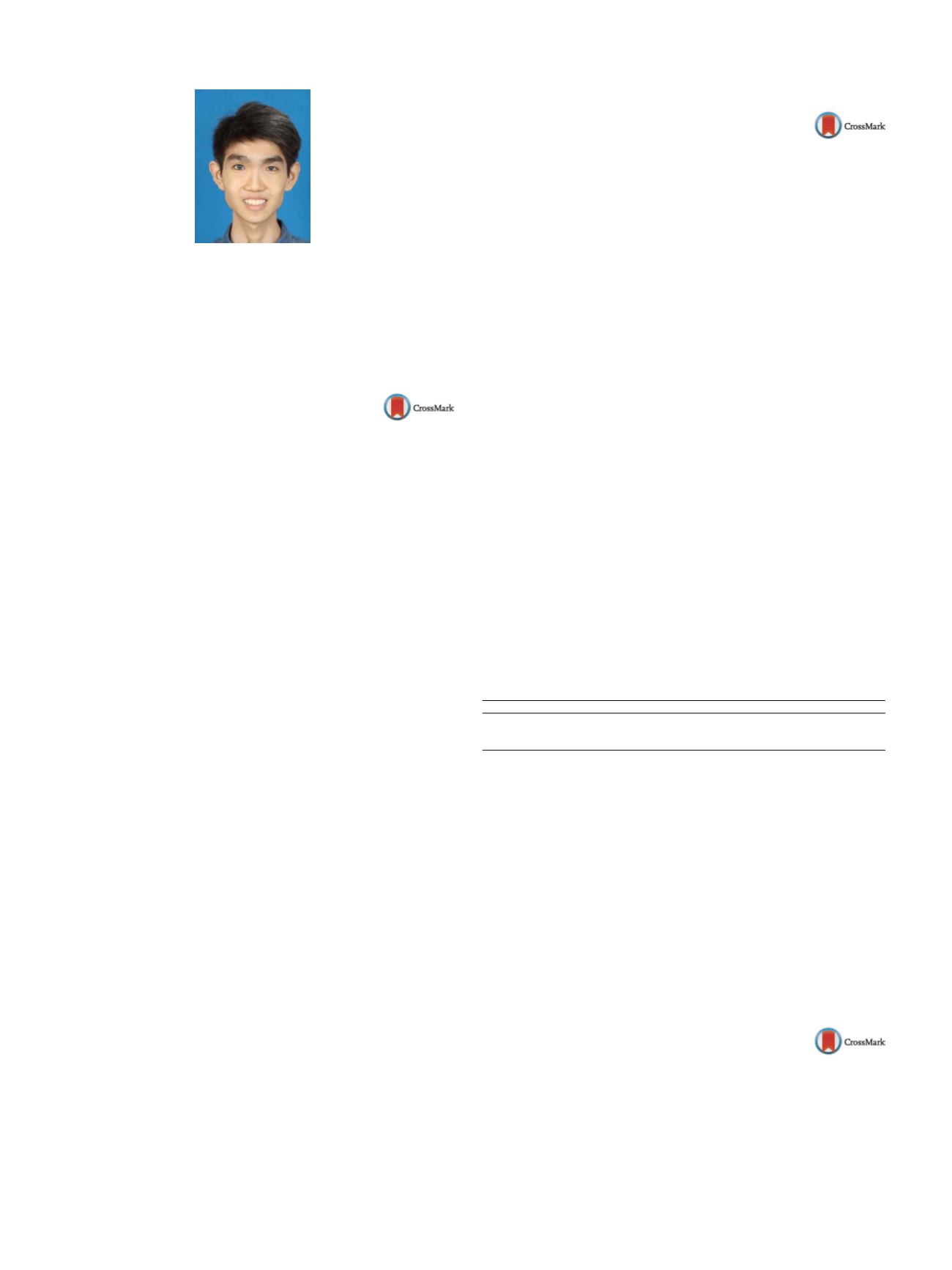

S422
25th European Congress of Psychiatry / European Psychiatry 41S (2017) S405–S464
Fig. 2
Disclosure of interest
The authors have not supplied their decla-
ration of competing interest.
http://dx.doi.org/10.1016/j.eurpsy.2017.01.383EV0055
Late-onset bipolar illness: Literature
review and case report
J. García-Jiménez (Psychiatrist)
∗
,
A. Porras-Segovia (Third year resident in psychiatry) ,
R. García-López (First year resident in psychiatry) ,
J.E. Mu˜noz-Negro (Psychiatrist) , L. Gutiérrez-Rojas (Psychiatrist)
Acute Psychiatric Hospitalization Unit, Mental Health Clinical
Management Unit, Granada Hospital Complex, Granada, Spain
∗
Corresponding author.
Introduction
Late-onset bipolar-illness (LOBI) diagnosis com-
prises those patients whose first mania episode occurs aged 60 or
older. Traditionally, it has been considered as a secondary disor-
der, accompanying other conditions such as dementia. While this
is true for some cases, LOBI is a wider concept, which has its own
features and also includes other entities.
Objectives
To describe the main features of LOBI.
Methods
Critical review of the literature and description of the
case of a 72-year-old woman diagnosed with LOBI.
Results
While only 6–8% of all new cases of bipolar disorder (BD)
occur in people older than 60, recent research suggests an increase
of first episodes in this age group. LOBI is less associated with fam-
ily history compared to early onset BD and seems to occur more
frequently in women.
LOBI presents with better premorbid functioning and atypical psy-
chopathology as compared to early onset. Also, there is a higher
prevalence of mixed episodes and a higher frequency of episodes
per year, with a great risk of suicide. LOBI patients havemore cogni-
tive impairment and higher rates of comorbid psychiatric disorders.
These patients show some specific neuroimaging signs, including
subcortical hyperintensities.
Quetiapine and valproate have proved useful, but the pharmacoki-
netic and pharmacodynamic characteristics of older patients must
be taken into account.
Conclusion
The reported case identifies similarities between LOBI
and classical BD. However, both this case and the literature review
reveal that LOBI has specific features that differentiate it from clas-
sical BD. Further research is needed to characterise the condition
and improve its management.
Disclosure of interest
The authors have not supplied their decla-
ration of competing interest.
http://dx.doi.org/10.1016/j.eurpsy.2017.01.384EV0056
Correlation between alterations of
inflammatory markers and treatment
with atypical antipsychotics in
patients diagnosed with bipolar
affective disorder
M. Godio
1 ,∗
, F. Marino
2, M. Preve
11
Socio-Psychiatric Organization, Psychiatric Clinic, Mendrisio,
Switzerland
2
University of Insubria, Research Center of Medical Pharmacology,
Varese, Italy
∗
Corresponding author.
Introduction
Clinical evidences suggests that cerebral inflamma-
tory processes are involved in the development of major affective
disorders
[1] .Obvious correlations exist between changes of inflammatorymark-
ers such as acute-phase protein C (PCR) and VES, in patients with
bipolar spectrum diagnosis
[2] .Objectives
Our aim is demonstrating the correlations between
changes of PCR and VES and pharmacological treatment with
atypical antipsychotics in patients with acute bipolar disorder,
highlighting a trend.
Method
Twenty patients with bipolar disorder were assessed at
the entrance (T0), after three weeks (T1) and after six weeks (T2) of
hospitalization using specific rating scales and blood tests routines
include PCR and VES.
Results
Is possible to appreciate a correlation between the affec-
tive phase of bipolar disorder and inflammatory markers with a
proportional trend
( Table 1 ).Discussion and conclusion
The scores obtained seem to confirm
the effect of antipsychotic in both sense of psychiatric symptoma-
tology reduction and in anti-inflammatory action.
A confirmation of a correlation between the resolution of affective
disorders and normalization of inflammatory markers confirm the
intrinsic anti-inflammatory activity of such drug compounds
[3] .Table 1
PCR mg/L VES mm/h MADRAS YMRS
CGI
BPRS
t0 17.85
±
10 13.10
±
9 9.30
±
11 24.27
±
10 3.95
±
1 84.65
±
30
t1 4.55
±
4 a12.65
±
8 b4.30
±
5 a3.85
±
5 a2.65
±
1 a65.50
±
2
1 at2 1.45
±
3 c , d12.75
±
8 b2.45
±
3 c , d1.65
±
2 c , d1.80
±
1 c , d54.30
±
1
7 c , da
P
< 0.01 vs. T0
b
P
> 0.01 vs. T0/T1.
c
P
< 0.01 vs. T0.
d
P
< 0.01 vs. T1.
Disclosure of interest
The authors have not supplied their decla-
ration of competing interest.
References
[1] Hamdani N. Inflammation, and bipolar disorder. Curr Psychiatry
2013.
[2] Halaris A. Mod Trends Pharmacopsychistry 2013;28.
[3] Goldstein B. Inflammation and treatment of bipolar disorder: a
systematic review. J Clin Psychiatry 2009.
http://dx.doi.org/10.1016/j.eurpsy.2017.01.385EV0057
A broken heart
M.J. Gordillo Monta˜no
∗
, S. Ramos Perdigues ,
S. Latorre , M. de Amuedo Rincon , P. Torres Llorens ,
S.V. Boned Torres , M. Segura Valencia , M. Guisado Rico ,
C. Merino del Villar
Hospital Can Misses, Psychiatry, Eivissa, Spain
∗
Corresponding author.
Introduction
Within the various cultures and throughout the cen-
turies has observed the relationship between emotional states and
heart function, colloquially calling him “heartbroken”. Also in the


















